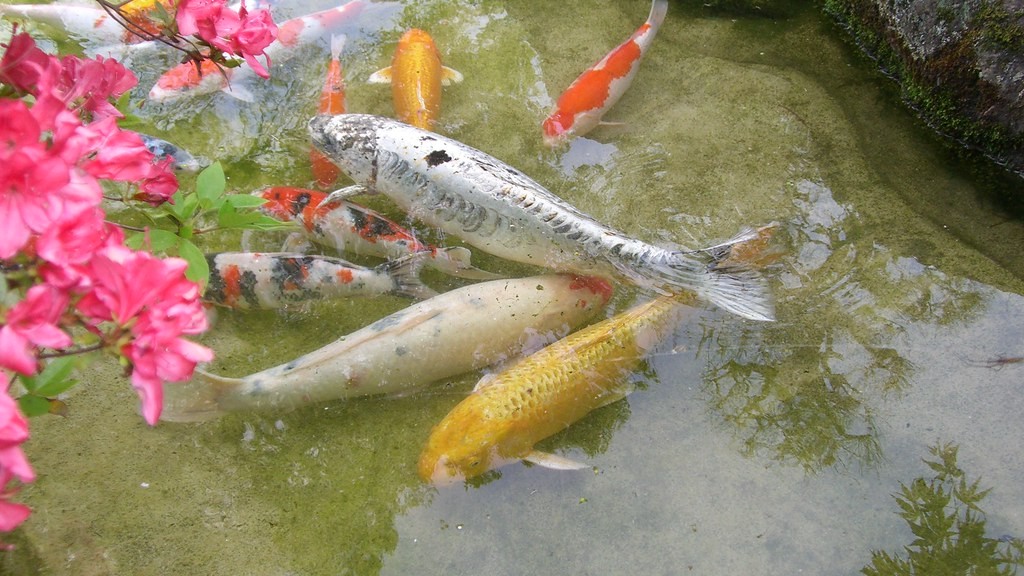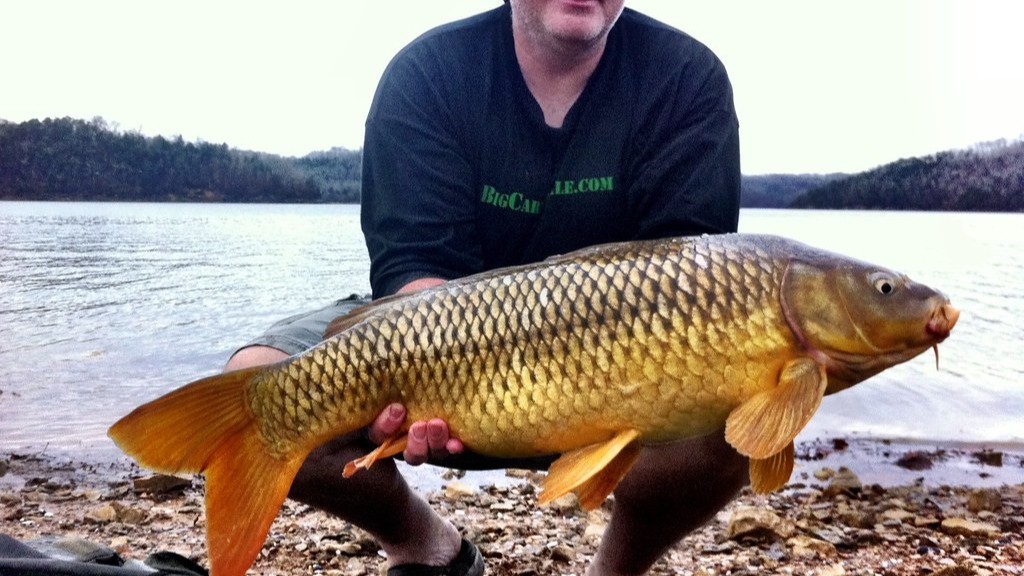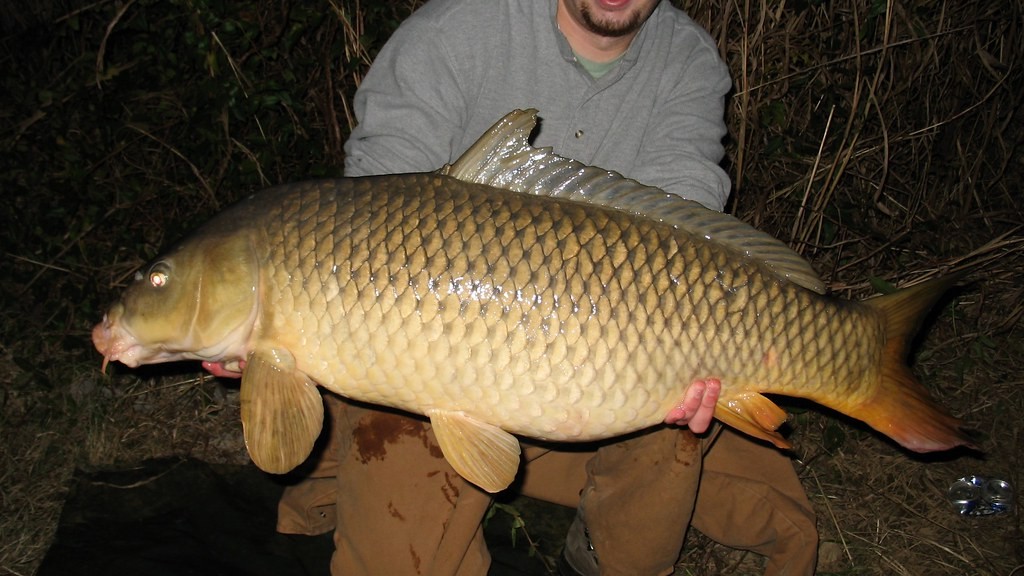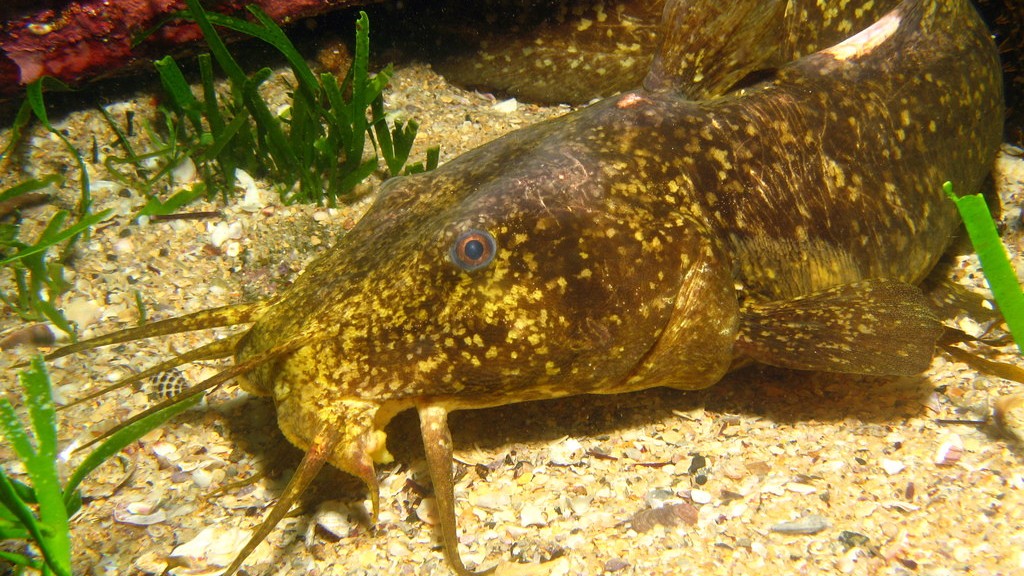The Legality and Effectiveness of Shooting Asian Carp with Shotguns in Illinois
Asian carp, a non-native species to North America, have become a major concern in many waterways, including those in Illinois. These invasive fish pose a threat to native ecosystems due to their rapid reproduction, aggressive behavior, and competition for resources. As a result, various control measures have been proposed and implemented to manage their population. One such method is shooting Asian carp with shotguns. In this article, we will explore the legality and effectiveness of this approach in Illinois.
The Legal Landscape
In Illinois, the Department of Natural Resources (DNR) regulates the hunting and fishing activities within the state. However, there are specific rules and regulations governing the shooting of Asian carp. According to the DNR, Asian carp can be shot with shotguns under certain circumstances and in designated areas.
It is important to note that shooting Asian carp in Illinois is only permitted in rivers and lakes that are connected to the Mississippi River and only by licensed anglers. Additionally, a valid Illinois Furbearer Permit is required. These regulations aim to ensure responsible angling practices and prevent indiscriminate shooting that may endanger other species or human safety.
Effectiveness of Shooting Asian Carp
While shooting Asian carp can be legally done in Illinois, the effectiveness of this method in controlling their population is still a subject of debate and research. Proponents argue that shooting can provide a cost-effective and immediate solution, as it directly reduces the number of carp. Furthermore, when executed strategically, shooting can specifically target the large and reproductive individuals, thus potentially curbing their population growth.
However, it is essential to consider the limitations of shooting as a control measure. Asian carp are known for their high reproductive capacity, which means that even with a significant reduction in their numbers through shooting, the remaining individuals can still quickly reproduce and replenish the population. Additionally, shooting may not be feasible in certain areas where the population is dense, making it difficult to eradicate the fish effectively.
Scientific research on the effectiveness of shooting Asian carp supports these concerns. Studies have shown that shooting alone is unlikely to achieve substantial and long-lasting population reductions. Instead, it should be combined with other control methods, such as targeted netting, electrofishing, or barrier installation, to maximize its impact.
Alternative Control Measures
Given the limitations of shooting Asian carp, various alternative control measures have been proposed and implemented to manage their population. These methods aim to disrupt their reproduction, movement, or access to resources.
1. Barrier Installation
Barrier installation involves creating physical obstructions to block the movement of Asian carp in waterways. By preventing their upstream migration, barriers can confine the carp population and limit their distribution. This method has shown promising results in certain locations and can be an effective long-term solution if properly designed and maintained.
2. Fish Harvesting
Fish harvesting involves selectively removing Asian carp from water bodies using specialized nets or electrofishing equipment. This method aims to capture and remove large numbers of carp, reducing their overall population and ecological impact. When combined with market development efforts to promote carp consumption, fish harvesting can provide both environmental and economic benefits.
3. Biological Control
Biological control involves introducing natural predators, parasites, or diseases to regulate Asian carp populations. By utilizing the natural enemies of Asian carp, this method exploits their vulnerabilities and can potentially reduce their numbers without relying solely on human intervention. However, extensive research and risk assessments are needed to ensure that any biological control methods do not harm native species or disrupt the ecosystem.
The Way Forward
In conclusion, while shooting Asian carp with shotguns is legally permitted in Illinois, its effectiveness as a standalone control measure is limited. The sheer reproductive capacity of Asian carp necessitates the integration of multiple methods to achieve substantial and sustainable population reductions. Barrier installation, fish harvesting, and biological control offer alternative approaches that can complement shooting.
Given the complex nature of invasive species management, a comprehensive and adaptive strategy should be employed. This strategy should consider the unique characteristics of the waterway, the local ecosystem, and the socioeconomic factors associated with the control measures. Collaboration between researchers, policymakers, and stakeholders is crucial to develop and implement effective solutions that minimize the ecological and economic impacts of Asian carp invasion.



